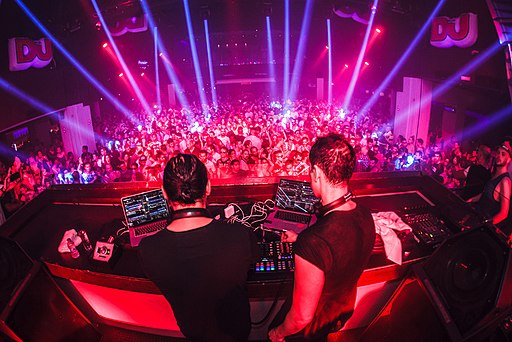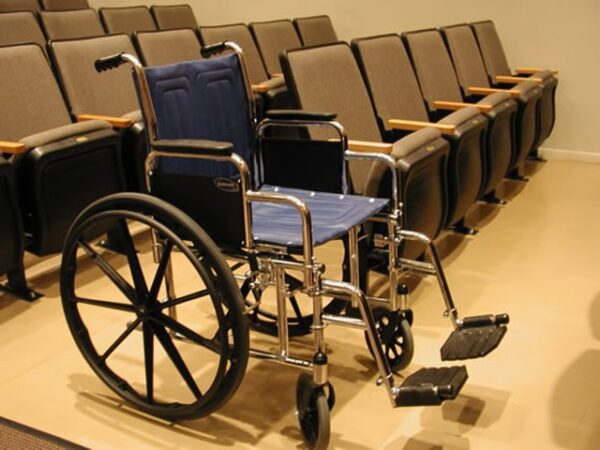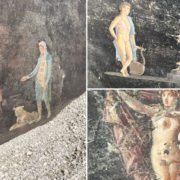
An archeologist doing research at a disco bar knew the building was old, but it wasn’t until he started to look closer that he realized where he was: an ancient place of worship.
“Archaeologists in the southern Spanish town of Utrera have confirmed they had uncovered a 14th-century synagogue hidden within a building that was later converted into a church, hospital and most recently a disco-bar.
Archaeologist Miguel Ángel de Dios told journalists that “the first thing to confirm is the presence of the prayer room” following years of analysis of the building’s walls and floor.
‘The fundamental elements of the synagogue, such as the entrance hall,” he said, “or the perimeter benches that have emerged in this survey, now confirm that we are indeed in the prayer hall.'”
It’s incredible what buildings turn into over half a millennia.
For seven centuries the synagogue had been used later converted into a church, a hospital, and everything from a house for abandoned children to a restaurant and disco pub, according to Arkeonews.
Over 400 years ago, there were references to the lost temple. “In that place, there were only foreign and Jewish people… who had their synagogue where the Hospital de la Misericordia now stands,” wrote local priest, historian, and poet Rodrigo Caro of Utrera in his 1604 history of the city.
The Utrera City Council decided to buy the building in 2016. However, the purchase price caused controversy. Critics questioned whether the purchase price was worth it, considering there was no hard evidence that the synagogue had ever been at that site.
There were no maps or official records describing the synagogue of medieval Utrera because Jewish communities in pre-expulsion Spain had a great deal of autonomy, including their own law courts and taxation systems. Furthermore, even if the hospital was built over the synagogue, nothing of the original might have survived. Expulsions of Jews were frequently accompanied by violent pogroms, and unrestrained development in the twentieth century destroyed much of Utrera’s medieval city.
Utrera is a medium-sized city that sits in southwest Spain. Sources say that the town is of great historical interest. Muslims occupied the area in the 8th century, and the city “was not finally incorporated into the kingdom of Castile until 1340. Records about the town date back to the 13th century, when Alfonso X overran Utrera as part of his conquest of Seville, located 30 km to the northwest. However, archaeological work shows people have lived on the site since pre-Roman times.
Today the town’s five chapels, dating from the 14th to 18th centuries, churches, and 14th-century castle are popular tourist attractions for visitors to Andalusia. Archeologists have recently discovered that a building dating to the 14th century, most recently used as a bar, was built as a synagogue more than 600 years ago. The discovery is evidence of a Jewish community in Utrera before the expulsion of Spain’s Jews in 1492 and is one of five still-standing medieval synagogues in Spain.
Utrera is considered the cradle of the fighting bull and the flamenco, and there are many cattle farms in its municipal district. The area is known for numerous festivities, mainly the fair, which is celebrated before and after the day of Utrera’s patron saint: the Virgin of Consolación. This fiesta attracts many people from all over Andalusia and Spain.”










Reuse Underground for expanding Dance floor
Pvt groups use
Storage
Wine cellar space
Museum